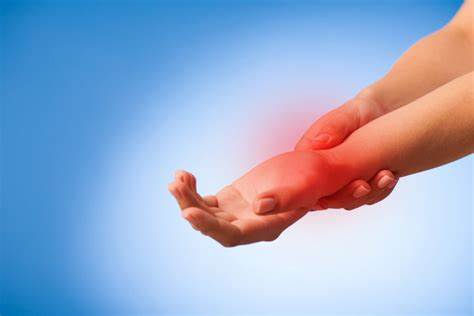When It Hurts to Be Touched.
- Más allá del dolor

- Oct 24, 2021
- 2 min read
Our sense of touch is a fundamental part of the human experience. Being touched by others a powerful tool of communication, whether it is through a handshake, a hug, or a pat on the back, and it can also boost a sense of general well-being.

Unfortunately, living with chronic pain can interfere with your ability to touch, feel, hold, or be held by others. One of the most challenging examples of this occurs when we develop extreme sensitivities to touch from things that aren’t usually painful. The medical term for this is allodynia, and it means that something is painful from a non-painful stimulus. Imagine lightly brushing the back of your hand with a cotton ball. That should not hurt in the least, but now suppose doing so is all of a sudden associated with the feeling of intense pain in the hand.
This type of extreme sensitivity to touch can have a dramatic effect on a person’s life. They may completely avoid using an affected body part, like a hand in our example, or they may avoid even leaving the house out of fear that being around others may risk contact with the sensitive body part.
One of the most common types of pain that can lead to something like allodynia is nerve pain, also known as neuropathic pain. One nerve pain syndrome, in particular, that is often associated with cantankerous forms of allodynia is complex regional pain syndrome, or CRPS. CRPS can be a debilitating pain problem that usually involves an extremity, like an arm or leg, after some type of tissue injury has taken place.
Allodynia can be associated with other types of chronic pain problems, as well, including fibromyalgia, migraine headaches, TMJ, painful surgical scars, and skin damage from ultraviolet radiation. In fact, migraine sufferers have been reported to have pain with hair combing, shaving, and putting in contact lenses.
Researchers believe that allodynia is a result of the amplification of pain signals going on in the brain – a problem called “central sensitization” – though it is still unclear what causes it.
Fortunately, allodynia can be successfully treated under the right circumstances, so it is important to find health care providers who understand this problem and can help. Desensitization techniques are one way of reducing the hypersensitivity of the skin or tissues, and you can even learn how to do some of this at home on your own. For example, placing a sensitive hand or foot into a bowl of uncooked rice or lentils is one tool we use with some of our patients. Other topical treatments include things like contrast baths, paraffin wax, and clay. Because desensitization can be a painful process to start, it helps to have as much support and guidance from your treatment team as you can get.
So, if you are struggling with hypersensitivities and it is interfering with your quality of life, ask your health care team for help.WebMD Blog
© 2018 WebMD, LLC. All rights reserved.
BY PETER ABACI, MD Board-certified anesthesiologist and pain specialistJULY 6, 2018






Comments